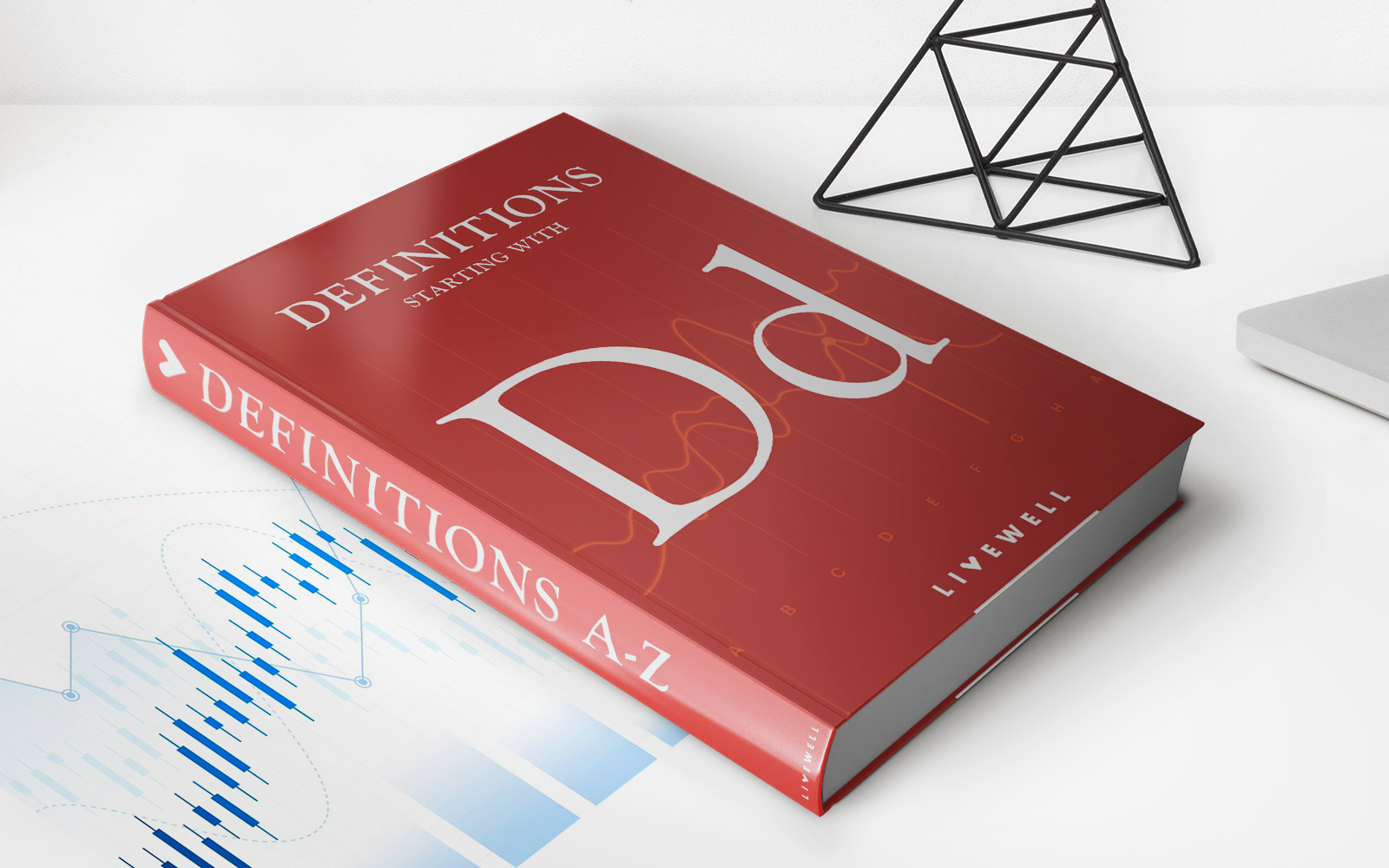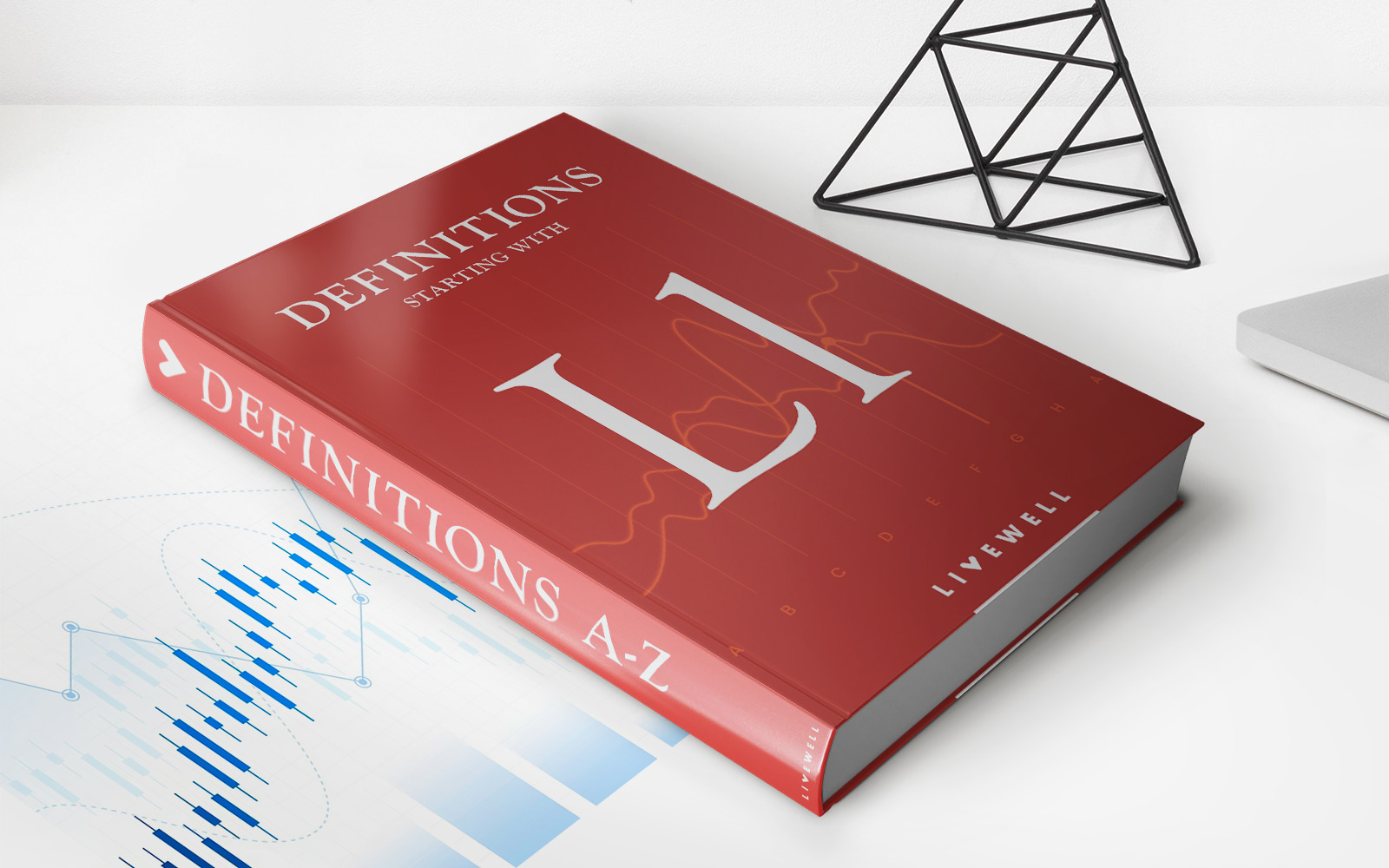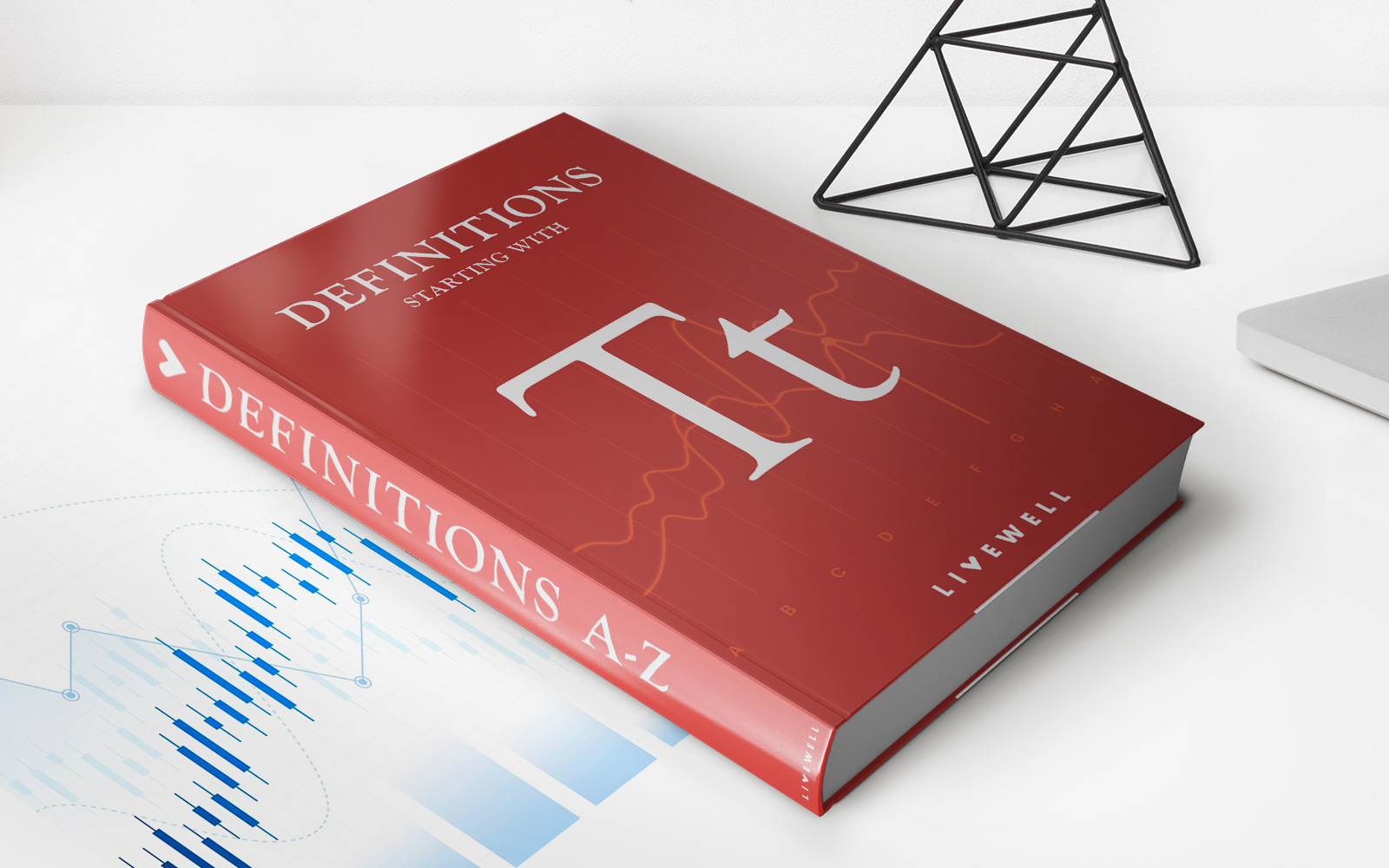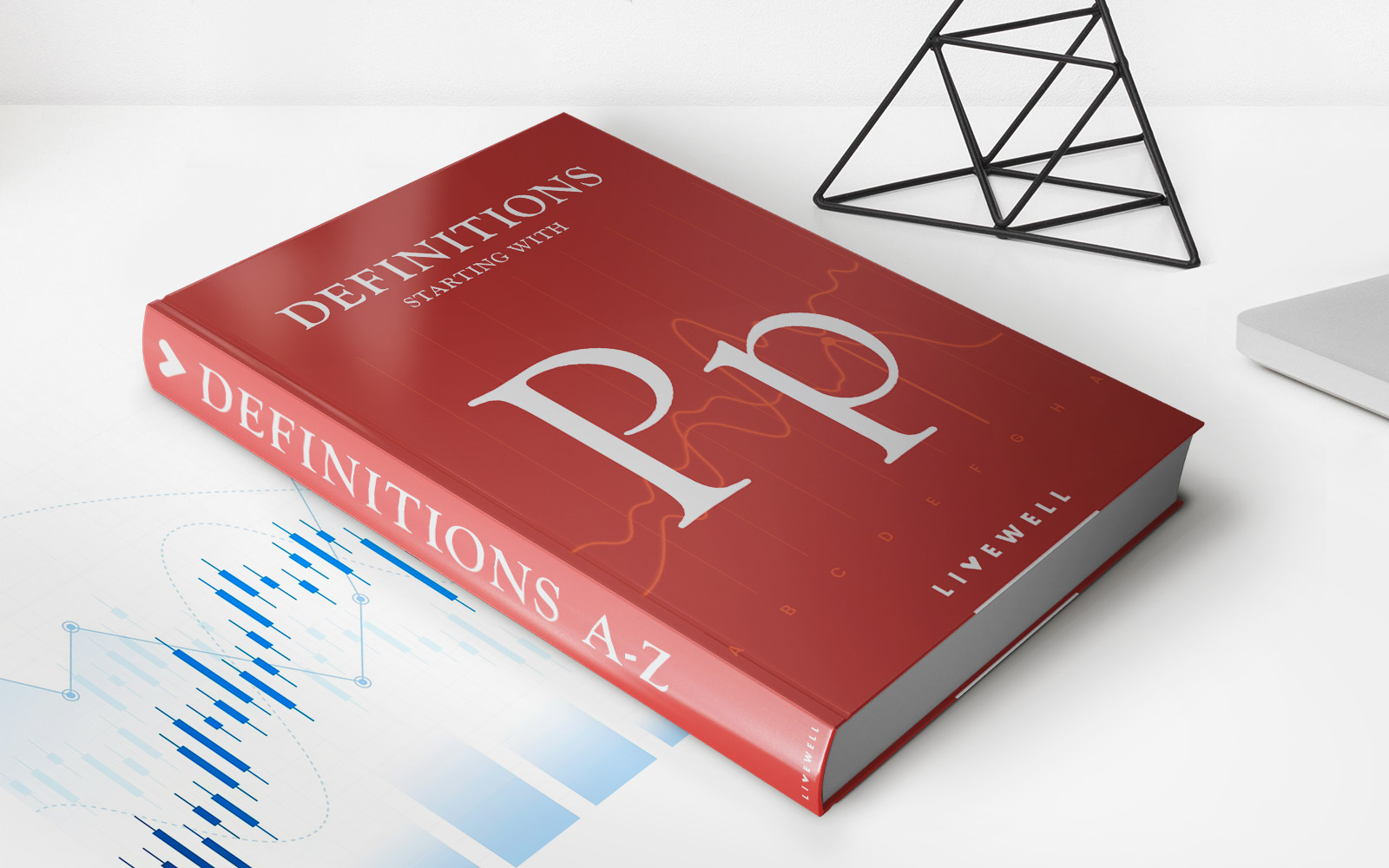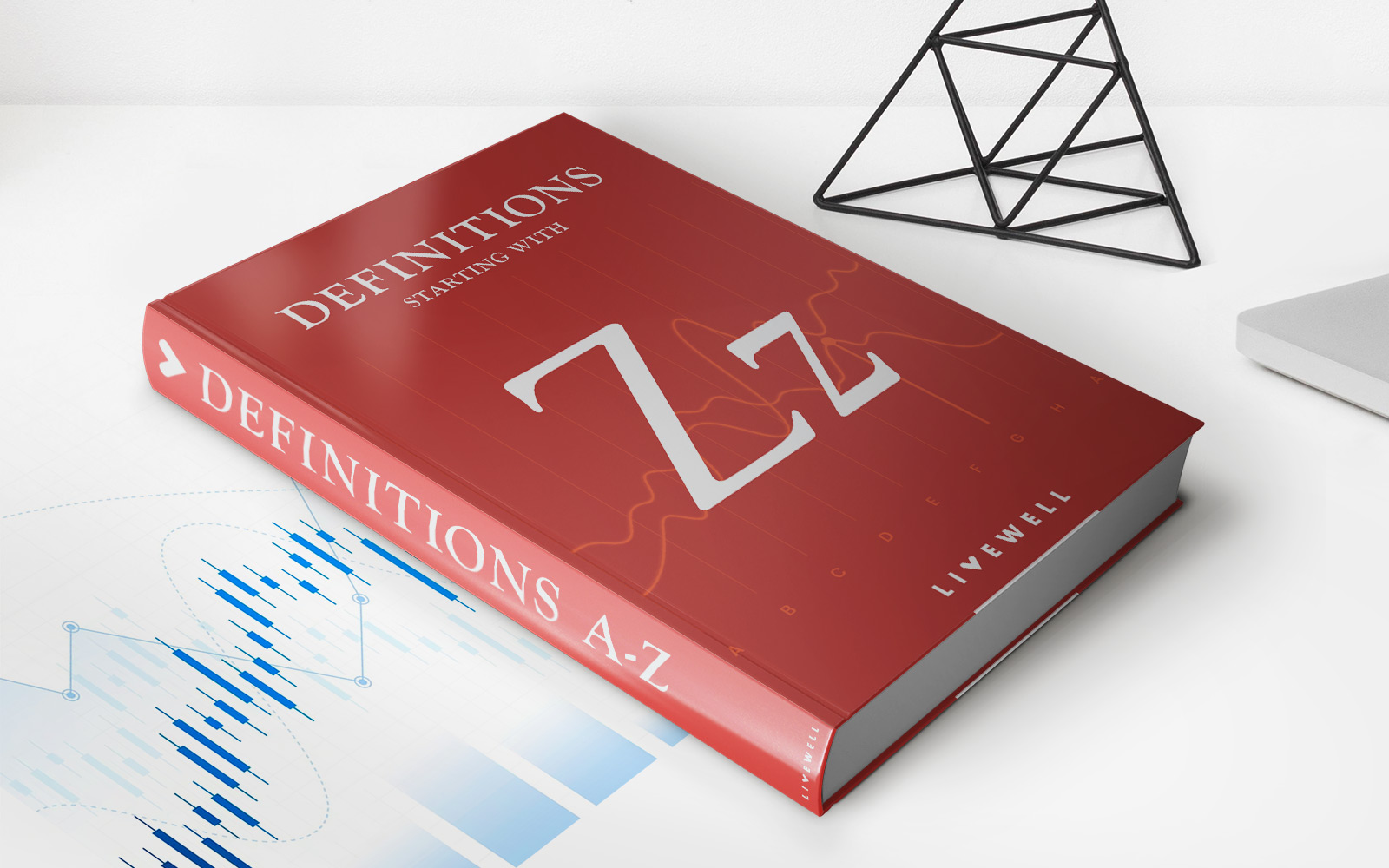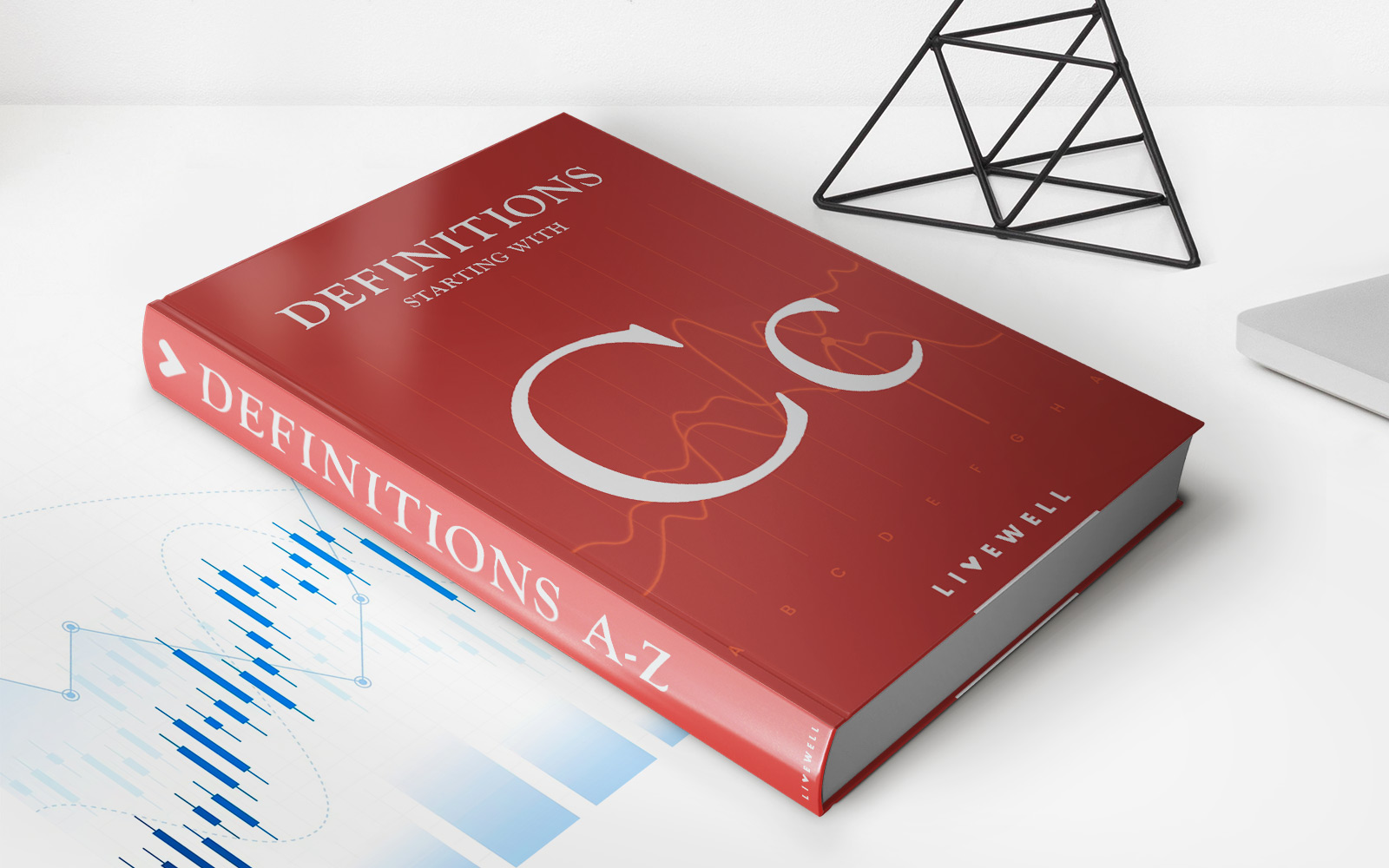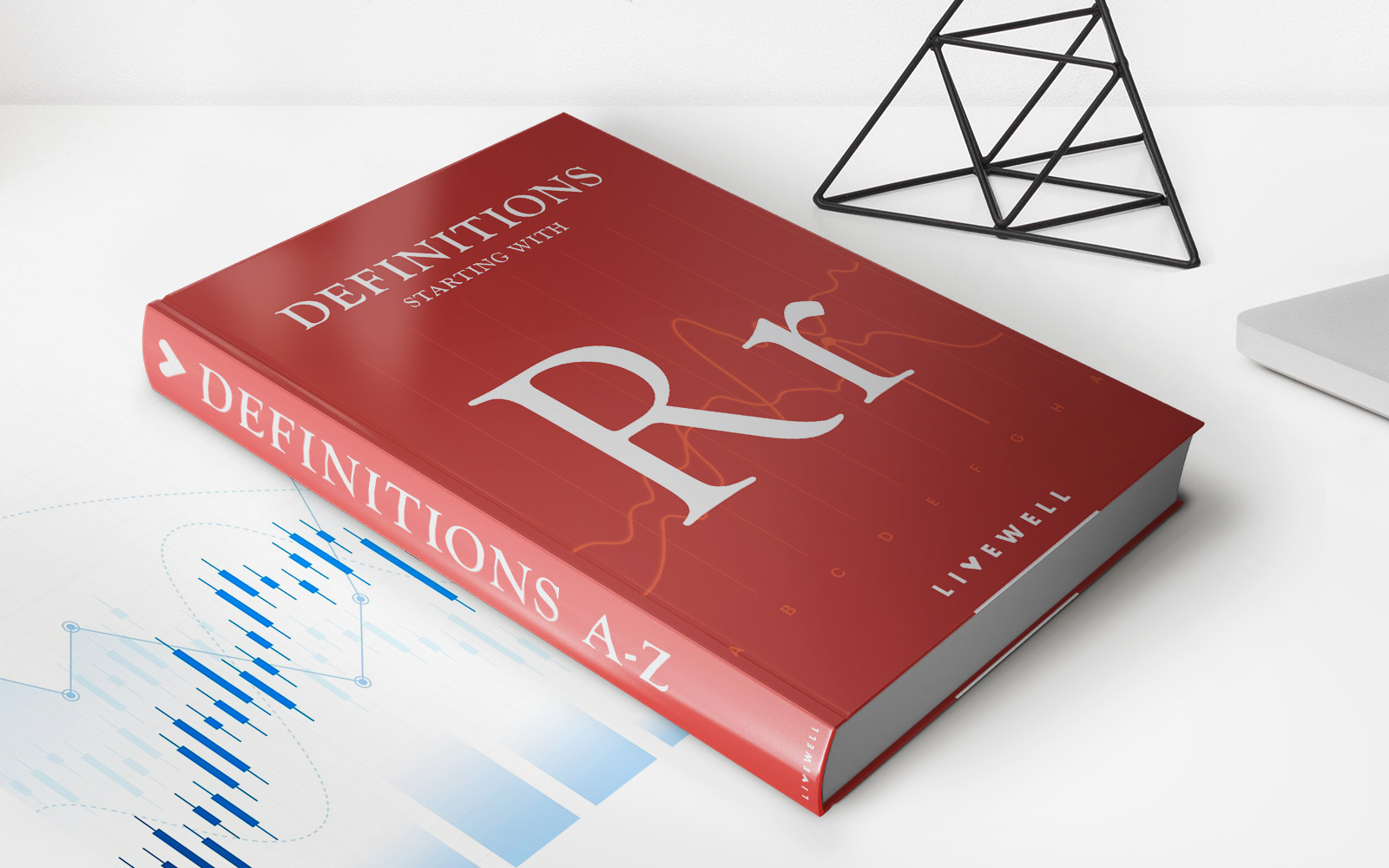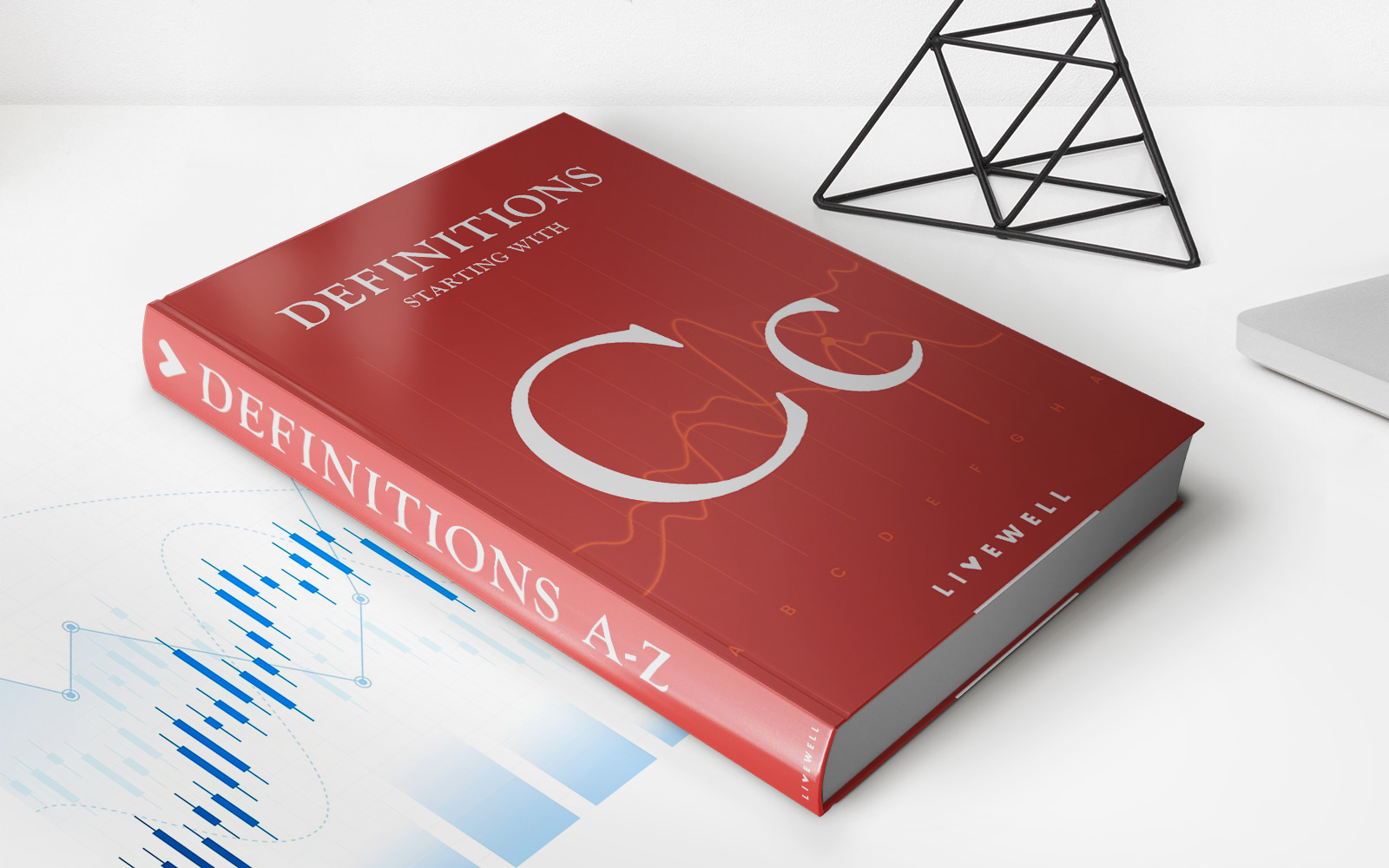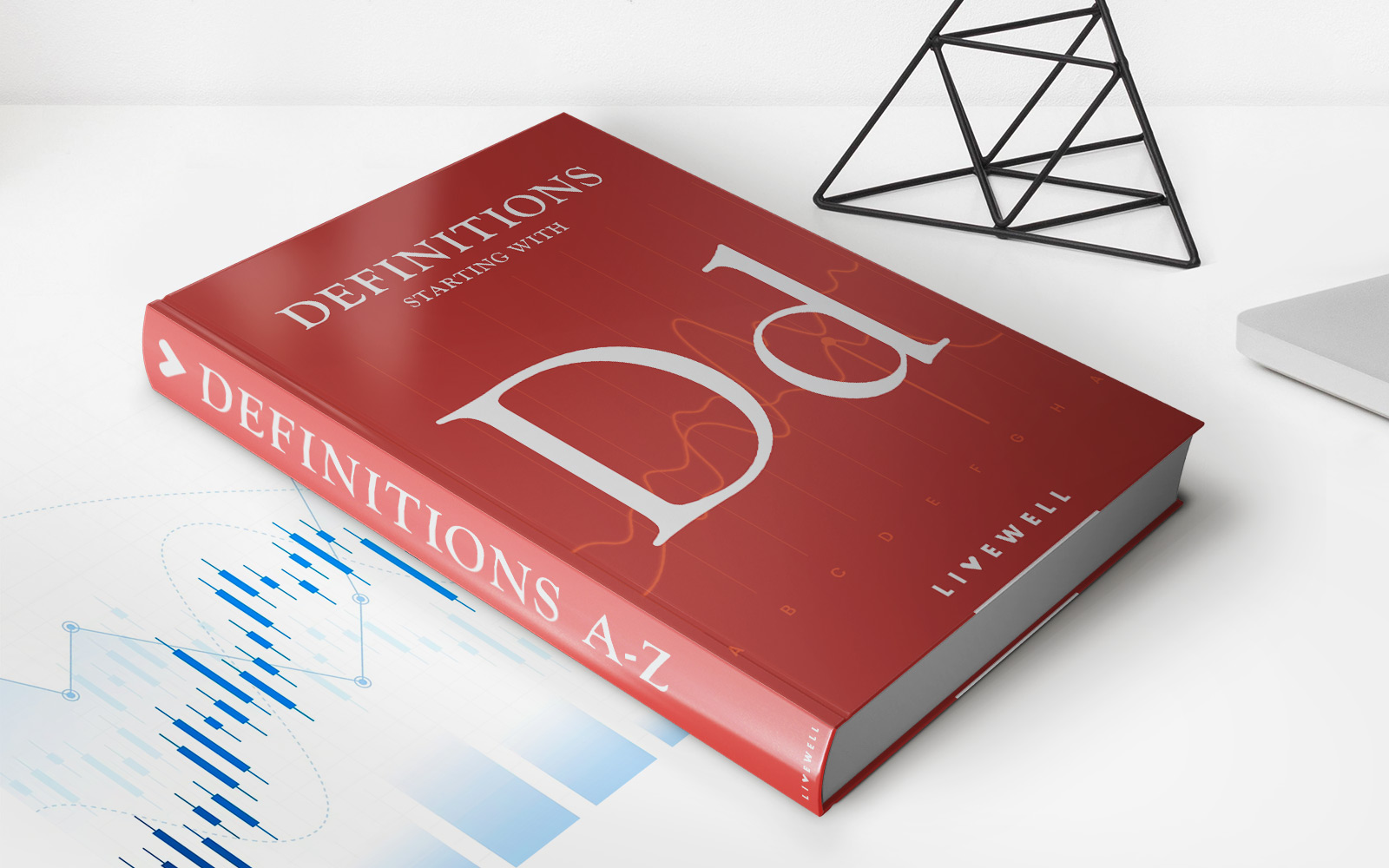Home>Finance>What Is Range-Bound Trading? Definition And How Strategy Works
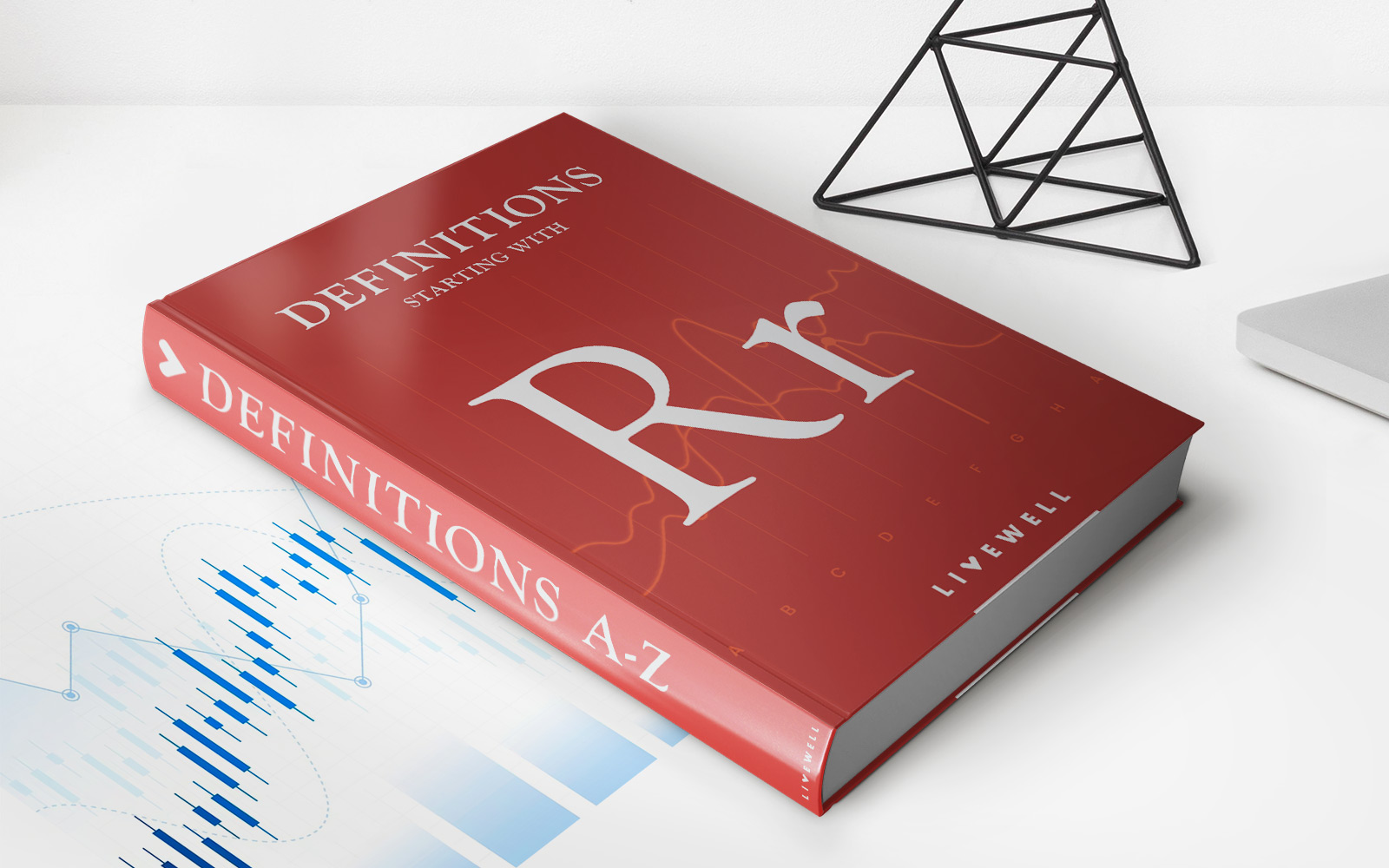

Finance
What Is Range-Bound Trading? Definition And How Strategy Works
Published: January 15, 2024
Discover the definition of range-bound trading in finance and how this strategy works. Learn how to navigate and profit from market conditions with this effective trading approach.
(Many of the links in this article redirect to a specific reviewed product. Your purchase of these products through affiliate links helps to generate commission for LiveWell, at no extra cost. Learn more)
What Is Range-Bound Trading? Definition and How Strategy Works
Welcome to our FINANCE blog post where we will explore one of the popular trading strategies known as range-bound trading. Whether you are a seasoned trader or just starting your journey in the world of finance, understanding different trading strategies can make a significant difference in your investment success.
Range-bound trading refers to a trading strategy that takes advantage of a market that is stuck within a defined range. It is a technique used by traders to identify periods of consolidation in a financial instrument’s price movements. In simpler terms, range-bound trading involves buying an asset when its price is at the bottom of a range and selling it when it reaches the top, aiming to profit from the predictable oscillations within that range.
Key Takeaways:
- Range-bound trading strategy is based on identifying periods of price consolidation within a specific range.
- Traders aim to buy low and sell high within the range, profiting from the predictable price oscillations.
Now you may wonder how range-bound trading actually works. Here’s a breakdown of this strategy:
- Identifying the Range: The first step in range-bound trading is identifying the upper and lower boundaries of the range. Traders use technical analysis tools such as support and resistance levels, trendlines, or moving averages to determine these boundaries.
- Buying at Support: Once the range is established, traders look for buying opportunities near the lower boundary of the range, known as support. Buying when the price is low increases the chances of profiting from the subsequent price increase within the range.
- Selling at Resistance: Conversely, traders aim to sell their positions near the upper boundary of the range, known as resistance. By selling at this level, traders hope to take advantage of the price decrease that typically occurs after reaching resistance.
- Rinse and Repeat: Range-bound traders continuously monitor the price movements within the established range. Whenever the price approaches the boundaries again, they repeat the process of buying at support and selling at resistance.
Range-bound trading can be an effective strategy in markets with clear and well-defined ranges. However, it’s important to note that market conditions can change, and ranges may break, leading to potential losses if the strategy is not adapted accordingly.
Key Takeaways:
- Range-bound trading involves identifying the range boundaries and buying at support while selling at resistance.
- Continuous monitoring of price movements within the established range is essential for range-bound traders.
In conclusion, range-bound trading is a popular strategy among traders aiming to profit from price fluctuations within a defined range. By buying low and selling high, range-bound traders attempt to capitalize on the predictable oscillations in the market. Remember, range-bound trading requires careful analysis and monitoring to ensure suitability in ever-changing market conditions.
We hope you found this blog post helpful in understanding what range-bound trading is and how this strategy works. Stay tuned for more informational posts on finance to enhance your trading knowledge and increase your chances of success!
